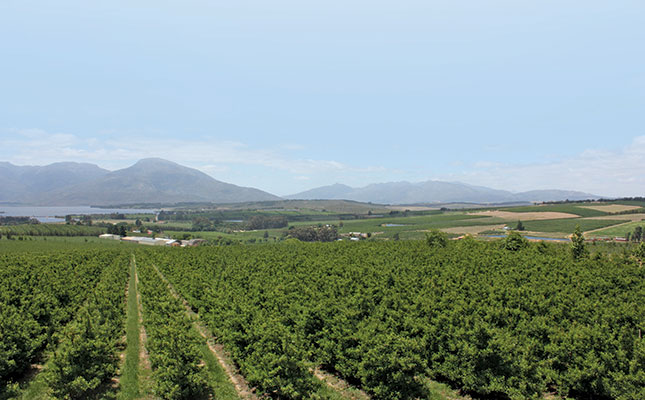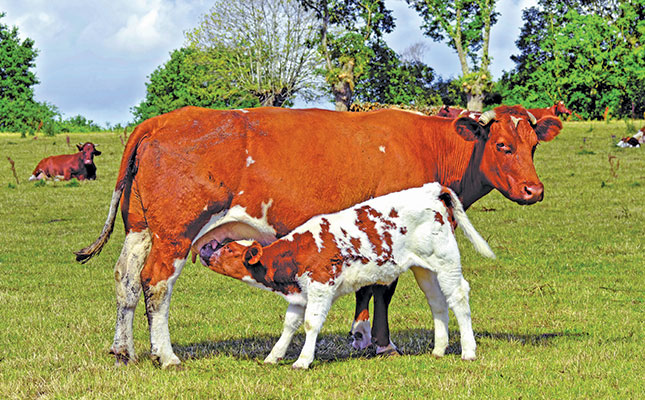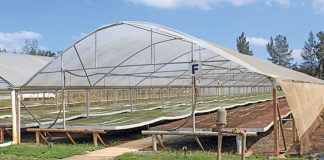
Misquote or not, it is very true that revolutions and transformation, or any kind of change, often follow this pattern – the slow, almost imperceptible tiptoeing towards the sudden big leap.
This is exactly what has been happening with the agricultural revolution in Africa.
While all the talking was going on at the African Union, the African Development Bank, and other platforms about how this revolution could be unleashed, the farmers and their input suppliers on the one hand, and output supply and value chains on the other, have been undergoing gradual change.
This has now grown into a substantial wave of economic activity that is seeing subsistence-oriented agriculture in Africa being transformed into a more commercialised, profitably productive, and smallholder- and entrepreneur-led sector.
The latest Africa Agriculture Status Report 2019, released this month by Alliance for a Green Revolution in Africa (AGRA), examines the crucial role played by small and medium enterprises (SMEs) in driving this transformation.
It shows that there has been rapid growth and proliferation of SMEs on the input side, as well as in the midstream of the output value chains, constituting a “quiet revolution” in the “hidden middle”.
In the foreword to the report, Dr Agnes Kalibata, president of AGRA, writes: “The midstream of the food value chain is particularly important, as it is the closest the market gets to the farmer. This midstream consists of traders, truckers and processors. They connect the farmer with the downstream retailers. The midstream constitutes about 40% of the total gross value of the value chains in sub-Saharan Africa.”
The output value chain post-farmgate, the report says, is composed nearly entirely of private sector enterprises, from SMEs to emerging large enterprises.
Similarly, input value chains, such as for improved seeds and fertilisers, have moved from being largely controlled by the public sector to a supply system consisting of a mix of government and private sector providers, which include SME agro-dealers.
The report stresses that governments and donors should recognise that the “quiet revolution” in the private sector has already taken off in sub-Saharan Africa, and they should minimise reinventing the wheel by trying to provide midstream supply-chain services themselves.
Rather, they should focus on creating enabling conditions for agri-food businesses to be established and thrive. According to the report, there are two key actions to improve enabling conditions, and each is needed.
They are public investment in infrastructure, and the development and implementation of policies and regulations that reduce transaction costs and investment risks.











